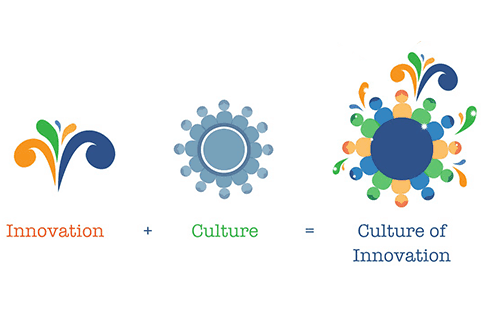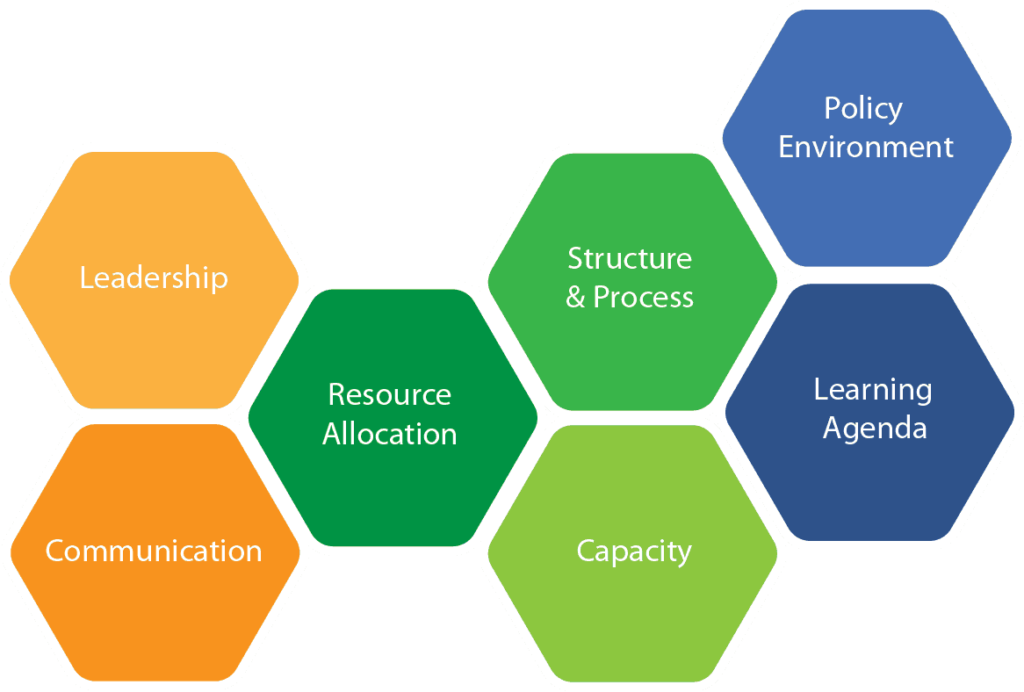Does Your School Have a Culture of Innovation?

Gretchen Morgan
Education systems need to be built to be responsive to the needs of individual students, and responsive to the needs of society and workforce. How can school systems begin to shift from fixed risk-averse systems to systems that are responsive and designed to continue to evolve? I think it begins with some part of the system doing the hard work of shifting to embrace and model a culture of innovation.
Culture is infectious in systems. If the district is top down and prevents teachers from making decisions, then teachers will run their classrooms the same way. Conversely, if the district embraces a culture of innovation, and leverages learning structures to manage risk, then teachers and students learn to do the same thing.
The Learning Accelerator and its partner 2Revolutions recently released a framework and self-assessment tool, So You Think You Want to Innovate? This tool was created to help schools, districts or state agencies evaluate the degree to which they have a culture of innovation, and then to identify priority actions the organization can take to shift further in the direction of an innovation culture. The tool is built around a framework of seven basic components of organizational culture:
With the exception of Learning Agenda, the components of this model are familiar. All organizations have a way they lead, a way they communicate, a way they allocate resources, etc. There are more and less transformative ways to perform all of these functions. In innovation cultures, however, a learning agenda intentionally and persistently drives organizational change. More specifically, the learning agenda of the organization determines how the organization defines and redefines normal practice in the other six organizational areas.
For example, imagine a school had a strong learning agenda around blended learning strategies they were implementing in a pilot in 4th grade. That school might discover that their approach to rotational blended using adaptive software in math in 4th grade was yielding the following results:
- Teachers report having more instructional time to spend with students on complex application of skills and knowledge
- Students who were on track in terms of skill fluency are progressing at a pace that would have them continue to be on track
- Students who were behind are progressing at a pace that would have them get on track within two years
- Teachers report having an increased planning and grading burden, and inadequate time to sustain this effort with quality
In a fixed culture, the goal is to evaluate whether this pilot works or not. And then decide to either scale blended learning in math across the school, or to end the pilot. In this scenario, the focus of conversation is, changing nothing about resources or time, how feasible is it to scale the pilot? Then the argument becomes about teacher workload and sustainability.
In a culture of innovation, the goal of the pilot is to learn, so the school system can improve. Instead of asking whether the student gains are worth the teacher burn out, the question is, how could we achieve these student gains without burning out teachers? Are there other commitments of people, money or time that are not yielding these kinds of results that we could stop doing, to enable us to do this in a way that is sustainable?
In a culture of innovation, the school leadership uses this information to ask new questions and propose different decisions about Structure and Process, Capacity, and Resource Allocation. In a culture of innovation, learning is used to challenge existing decisions about how the organization is run, to persistently push the organization to find better and better ways meeting the needs of students. It is time for public school systems to begin operating this way. It is time to embrace and enable a culture of innovation in our schools.
For more on The Learning Accelerator, check out:
- Leaders Learning Deeply with the Leadership in Blended Learning and Fuse RI
- 3 Organizations Selected by The Learning Accelerator for Grants in Blended Learning Human Capital
- The Learning Accelerator: Working with States

Gretchen Morgan is the Executive Director of Choice and Innovation for the Colorado Department of Education. Follow Gretchen on Twitter, @Gretchedu.






0 Comments
Leave a Comment
Your email address will not be published. All fields are required.